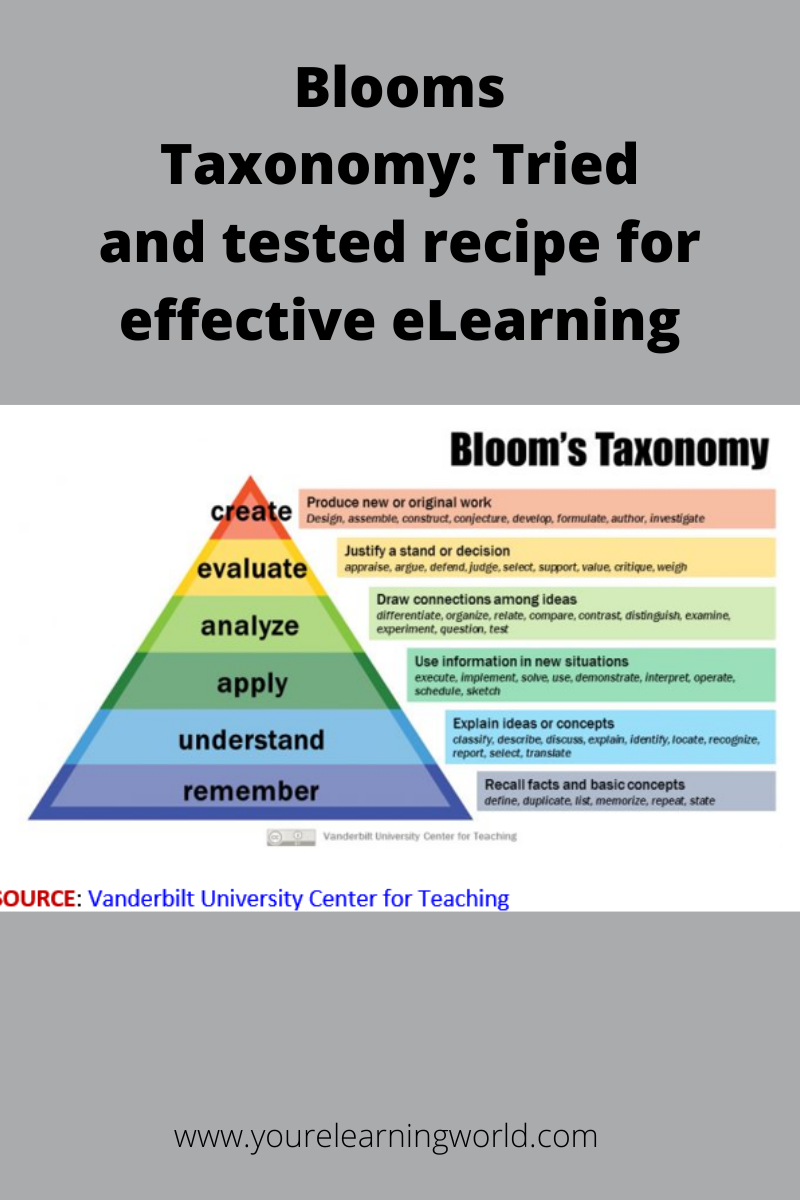One of the interesting realizations of working in eLearning is that not having enough content is rarely a cause of concern. The problem occurs mostly when it comes to having too much content and not knowing whether you need to cover everything or what content can be easily dropped. Knowledge has no end. When people are well-acquainted with something, it’s natural for them to pour it all out. What many SMEs don’t realize is that in an attempt to teach everything, the content can become overwhelming for the learner. If too many slides, images, and knowledge are packed into a single course, focusing on core content and, most importantly retaining the information becomes difficult. In the end, if learners can’t understand the actual message, retain the information, and transfer learning to the job, what’s the point of creating the course? This is where instructional designers come into play. It is our job to make genuine efforts to ensure our eLearning courses … [Read more...] about How To Deal With Too Much Content In Your eLearning Course
content creation
Blooms Taxonomy: Tried and tested recipe for effective eLearning
Bloom’s Taxonomy was created in 1956, by educational psychologist Dr. Benjamin Bloom, and subsequently updated in 2001 to its current form. It is based on hierarchical ordering of learner’s cognitive skills, which then facilitates learning professionals (L&D) and Instructional Designers (ID) in helping learners learn better. To help instructors and course developers understand how to achieve their learning objectives, the taxonomy breaks down human thinking skills into six categories, ascending as a pyramid from lower to higher-orders of thinking. Using Bloom's Taxonomy Understanding Bloom’s Taxonomy can play a vital role in helping eLearning professionals create highly effective learning objectives; organize learning into logical structures to help make learning a seamless process; inject focused interactivity into courses; and design course assessments that truly evaluate whether learners have mastered desired learning objectives. Here are some strategies and tips to help … [Read more...] about Blooms Taxonomy: Tried and tested recipe for effective eLearning


